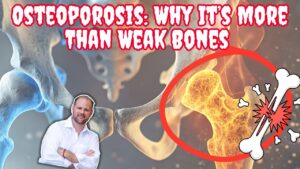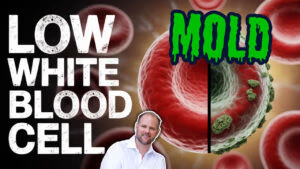The Elusive Nature of Autoimmune Diseases
Many individuals suffering from autoimmune diseases spend years or even decades seeking the correct diagnosis. On their journey through the healthcare system, they consult up to 20 different doctors, only to be left disappointed, misdiagnosed, and more perplexed than ever.
The medical community struggles with understanding the complexities of autoimmunity and implementing effective treatment strategies, even when a diagnosis has been established. Autoimmune diseases can be particularly challenging to identify during routine physical examinations unless they have progressed to the point of causing severe symptoms.
The Autoimmune Journey: A Three-Stage Process
Autoimmune diseases are challenging to diagnose because they typically progress through three distinct stages:
Silent Immunity Stage
This initial stage is characterized by the development of autoimmunity, with the body producing antibodies against its own tissues. Although these antibodies might be detectable through blood tests, patients remain asymptomatic.
Autoimmune Reactivity Stage
Patients start experiencing symptoms as their immune system intensifies its autoimmune attacks. The specific symptoms depend on the targeted tissue. However, at this stage, patients have not yet reached full-blown disease status and exhibit no clinically significant tissue loss.
At this point, the disease has progressed to the extent that there is evident tissue destruction, deformity, and altered functioning of bodily systems.
Hurdles in Obtaining an Autoimmune Diagnosis
Individuals in the transitional phase between stages two and three often face difficulties in obtaining a diagnosis, as they have not yet experienced significant tissue damage. Consequently, healthcare providers may dismiss their concerns as unfounded and assure them that everything is normal – but this is far from the truth.
Research Findings
Research indicates that these patients have predictive antibodies, which, without preventative measures, will inevitably lead to the manifestation of autoimmune disease over time.
The issue is not a lack of concern, but rather the consequence of a flawed system. Antibody tests can be costly, sometimes amounting to hundreds of dollars, and insurance companies frequently refuse to cover them unless patients exhibit overt signs of advanced autoimmune disease.
Medical Education and Autoimmune Diseases
The medical community’s limited understanding of autoimmune conditions contributes to the problem. Medical education often provides insufficient information on these diseases, leaving practitioners unaware of the various stages or the possibility of a patient being stuck in stage two for an extended period.
Strategies for Managing Autoimmune Conditions
Furthermore, even after diagnosis, many doctors lack knowledge of evidence-based strategies for managing autoimmune conditions to slow disease progression or induce remission.
#autoimmunedisease #chronicillness #healthcare #invisibleillness #health #wellness #autoimmuneawareness #autoimmunity #diagnosis #medicalcommunity #autoimmunewarrior #chronicpain #healthjourney #medical #autoimmunejourney #antibodies #research #healthinsurance #patientcare #prevention #chronicfatigue #spoonie #awareness #selfcare #medicalknowledge #chroniccondition #healthyliving #healthcarejustice #advocacy
Frequently Asked Questions (FAQ)
Autoimmunity progresses through three stages: Silent Immunity (antibodies present, no symptoms), Autoimmune Reactivity (symptoms begin, no major tissue damage), and Autoimmune Disease (significant tissue damage and system dysfunction).
It's difficult because standard tests are often only covered by insurance after significant tissue damage occurs (Stage 3). Patients in the earlier, reactive stage (Stage 2) may have clear symptoms and predictive antibodies but are frequently dismissed because they don't yet meet the strict clinical criteria.
The key is proactive, root-cause management aimed at slowing or stopping progression before reaching the disease stage. This involves identifying triggers (like food sensitivities, gut health, toxins) and using evidence-based strategies to calm the immune system, even after diagnosis.








